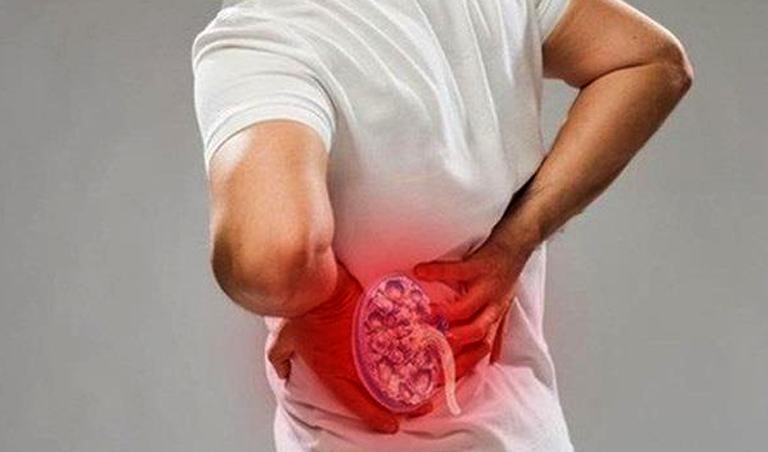Urinary Bladder Stone
When it comes to the treatment of urinary bladder stones, the main options are laser cystolithotripsy and cystolithotomy. Both procedures aim to remove or fragment the stones but differ in their approach and indications. Here’s an overview of each:
1. Laser Cystolithotripsy
- Description: Laser cystolithotripsy involves the use of a cystoscope, a thin tube with a camera, which is inserted through the urethra into the bladder. A laser fiber is then used to break up the bladder stones into smaller fragments that can be naturally passed out with urine or removed with special instruments.
- Indications: Suitable for small to medium-sized stones in the bladder.
- Procedure:
- The patient is given anesthesia.
- A cystoscope is inserted through the urethra to visualize the stone.
- A laser fiber is introduced to fragment the stone.
- Stone fragments are either left to pass naturally or removed using grasping tools.
- Advantages:
- Minimally invasive with no external incisions.
- Short recovery time.
- Reduced risk of infection compared to open surgery.
- Disadvantages:
- May not be suitable for very large or multiple stones.
- Potential need for repeat procedures if fragments are not completely cleared.
2. Cystolithotomy
- Description: Cystolithotomy, also known as open or suprapubic cystolithotomy, is a surgical procedure where an incision is made in the lower abdomen to directly access the bladder and remove the stones.
- Indications: Typically recommended for large stones, multiple stones, or when other methods (like laser cystolithotripsy) are not feasible.
- Procedure:
- The patient is given general or spinal anesthesia.
- A small incision is made in the lower abdomen to open the bladder.
- Stones are manually removed.
- The bladder and abdominal incisions are closed.
- Advantages:
- Effective for large and complex stones.
- Complete removal in one procedure.
- Disadvantages:
- More invasive with a longer recovery time.
- Higher risk of complications such as infection, bleeding, and bladder injury.
- Visible scarring.
Choosing the Right Procedure
- Stone Size and Number: Laser cystolithotripsy is preferable for smaller stones, while cystolithotomy is better for larger or multiple stones.
- Patient Health and Preferences: Consideration of the patient’s overall health, tolerance for anesthesia, and preference for minimally invasive procedures.
- Complications and Recurrence: The likelihood of stone recurrence and any previous surgical history.
Summary
Both laser cystolithotripsy and cystolithotomy are effective treatments for urinary bladder stones, each with specific indications based on stone size, number, and patient health. Laser cystolithotripsy offers a minimally invasive approach with quick recovery for smaller stones, whereas cystolithotomy provides a more direct and definitive solution for larger or multiple stones but with a longer recovery period and higher risk of complications. Consulting with a urologist will help determine the most appropriate treatment based on individual circumstances and stone characteristics.

